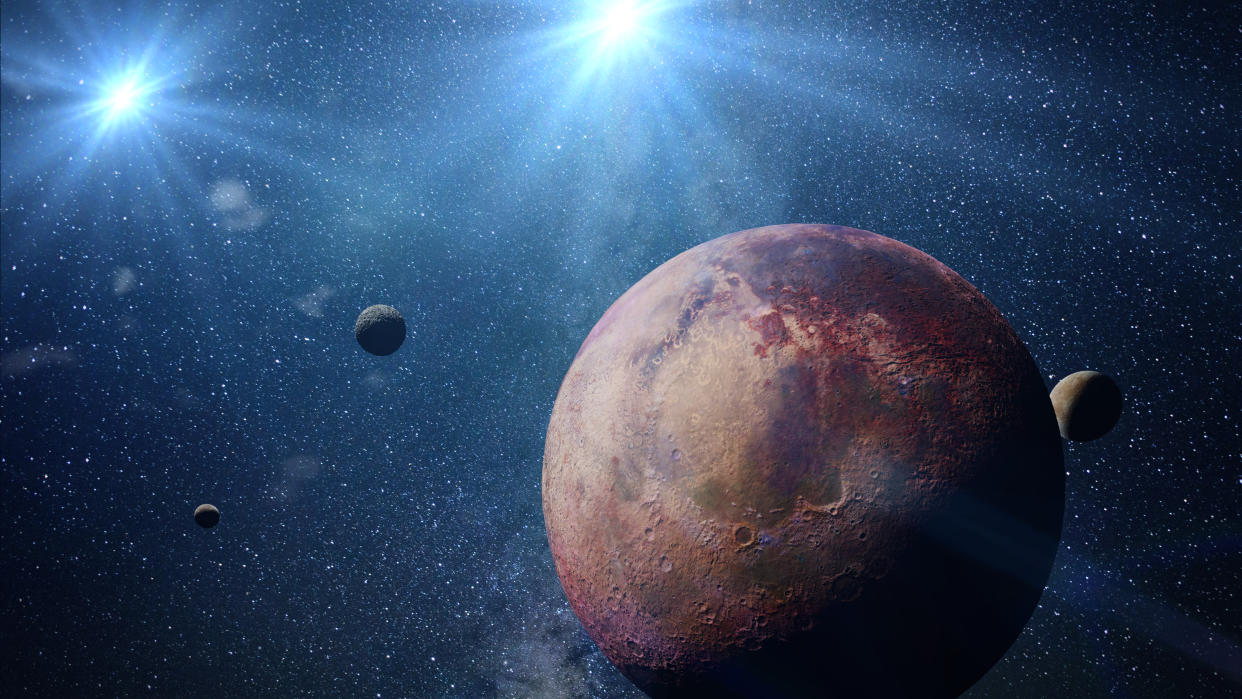Nine out of 10 planets with two suns 'could harbour alien life', scientists believe

It’s not quite the smoking gun which proves that little green men are real, but planets that could support life could be more common than previously thought.
Researchers have found that nine in 10 Earth-sized planets orbiting not one but two stars - similar to Tattooine in Star Wars - could support life.
These stars are known as ‘binaries’ and make up one in two solar systems, according to the researchers from Georgia Institute of Technology.
READ MORE
Binary Earth-sized planets possible around distant stars
Insects could die out in ‘worst exctinction since the dinosaurs’
NASA satellite captures incredible beauty of UK seen from space
Why Iran’s nuclear escalation goes unchallenged
Why cybersecurity should matter to your small business
The increased likelihood is down to the ‘axis tilt’ of Earth-like worlds in binary solar systems - which the researchers found to be surprisingly steady.
In 87 percent of cases, the tilt is steady, a vital ingredient for climate stability that favours the evolution of complex organisms.
Co-investigator Professor Gongjie Li said: "Multiple-star systems are common, and about 50 percent of stars have binary companion stars.
"So, this study can be applied to a large number of solar systems." Single-star solar systems like ours with multiple planets appear to be rarer, she added.
How life began on Earth
Earth’s stable tilt may have been crucial for the development of life, researchers believe.
Despite ice ages and heatwaves, Earth's overall climate has been calm for hundreds of millions of years thanks to its axis-tilt, allowing life to take hold.
This is the angle between the plane of its orbit and the equator.
But these oscillations change wildly on Mars, which would regularly kill off any chance of advanced life.
Earth's orientation only changes between 22.1 and 24.5 degrees over the course of 41,000 years.
Our large moon stabilises the planet, otherwise it would be jolted out of sync by the gravity of Mercury, Venus, Mars and Jupiter.
Dr Quarles said: "If we didn't have the moon, Earth's tilt could vary by about 60 degrees.
"We would look maybe like Mars, and the precession of its axis appears to have helped deplete its atmosphere."

 Yahoo News
Yahoo News 

